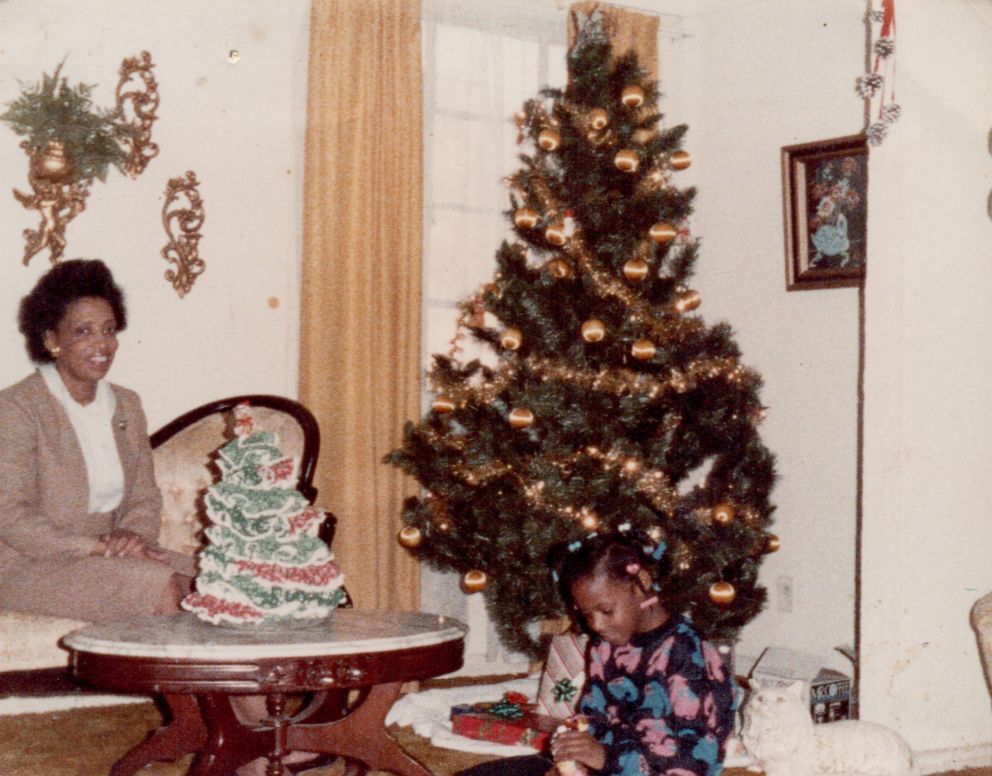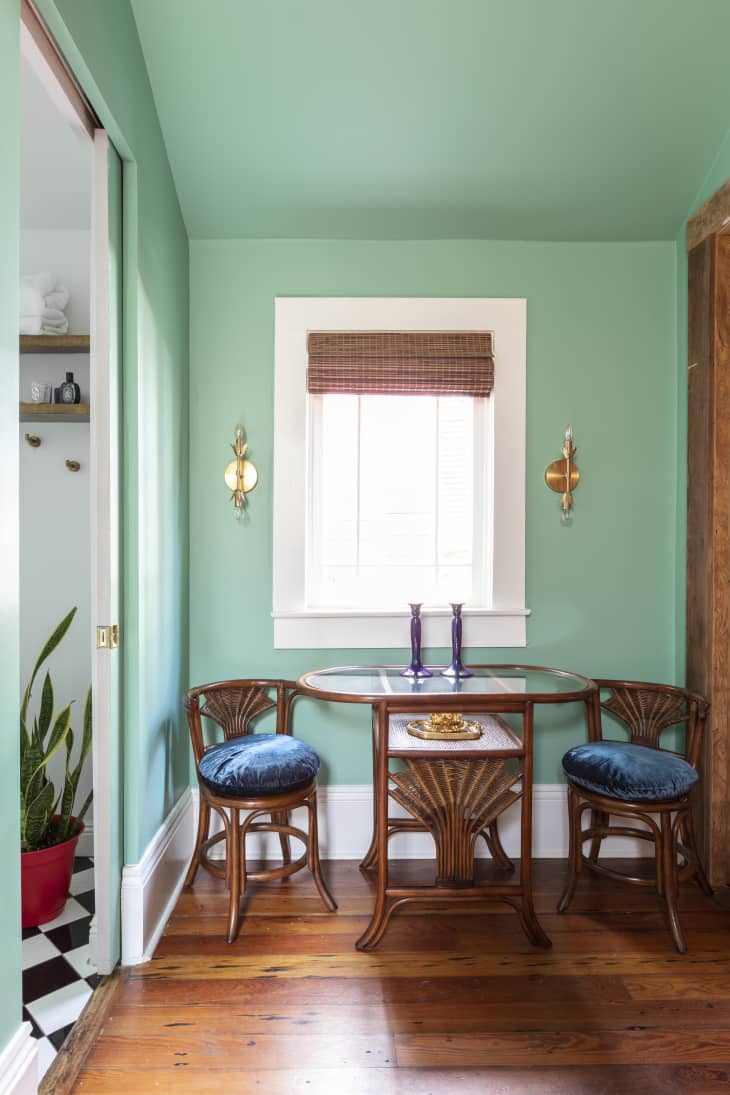Introduction


Yellow House Sarah Broom Book Club Questions
“When the house fell down, it can be said, something in me opened up. Cracks help a house resolve internally its pressures and stresses, my engineer friend had said. Houses provide a frame that bears us up. Without that physical structure, we are the house that bears itself up. I was now the house.” ― Sarah M. Broom, The Yellow House. The Yellow House is decidedly local. At one point, Broom includes the astonishing statistic that before Katrina, New Orleans had the highest rate of native-born citizens of any U.S. City; after the storm, those numbers dropped. The Yellow House also paints a picture of an unapologetically black city. As I read it, I was reminded of the phrase a. Sarah Broom’s brother Carl, the seventh of twelve, occupies the space—keeps the space—where the Yellow House sat long after it’s gone. She describes this occupation (p. 3): “Sometimes you can find Carl alone on our lot, poised on an ice chest, searching the view, as if for a sign, as if for a wonder.”. A Family, a House, a City: Sarah Broom’s Remarkable Memoir of New Orleans In the Yellow House, Broom traces a new map of NOLA—one that tangles with the city’s history and her own.


Yellow House Novel
A brilliant, haunting and unforgettable memoir from a stunning new talent about the inexorable pull of home and family, set in a shotgun house in New Orleans East.
In 1961, Sarah M. Broom’s mother Ivory Mae bought a shotgun house in the then-promising neighborhood of New Orleans East and built her world inside of it. It was the height of the Space Race and the neighborhood was home to a major NASA plant?the postwar optimism seemed assured. Widowed, Ivory Mae remarried Sarah’s father Simon Broom; their combined family would eventually number twelve children. But after Simon died, six months after Sarah’s birth, the Yellow House would become Ivory Mae’s thirteenth and most unruly child.
The Yellow House By Sarah Broom
A book of great ambition, Sarah M. Broom’s The Yellow House tells a hundred years of her family and their relationship to home in a neglected area of one of America’s most mythologized cities. This is the story of a mother’s struggle against a house's entropy, and that of a prodigal daughter who left home only to reckon with the pull that home exerts, even after the Yellow House was wiped off the map after Hurricane Katrina. The Yellow House expands the map of New Orleans to include the stories of its lesser known natives, guided deftly by one of its native daughters, to demonstrate how enduring drives of clan, pride, and familial love resist and defy erasure. Located in the gap between the “Big Easy” of tourist guides and the New Orleans in which Broom was raised, The Yellow House is a brilliant memoir of place, class, race, the seeping rot of inequality, and the internalized shame that often follows. It is a transformative, deeply moving story from an unparalleled new voice of startling clarity, authority, and power.




